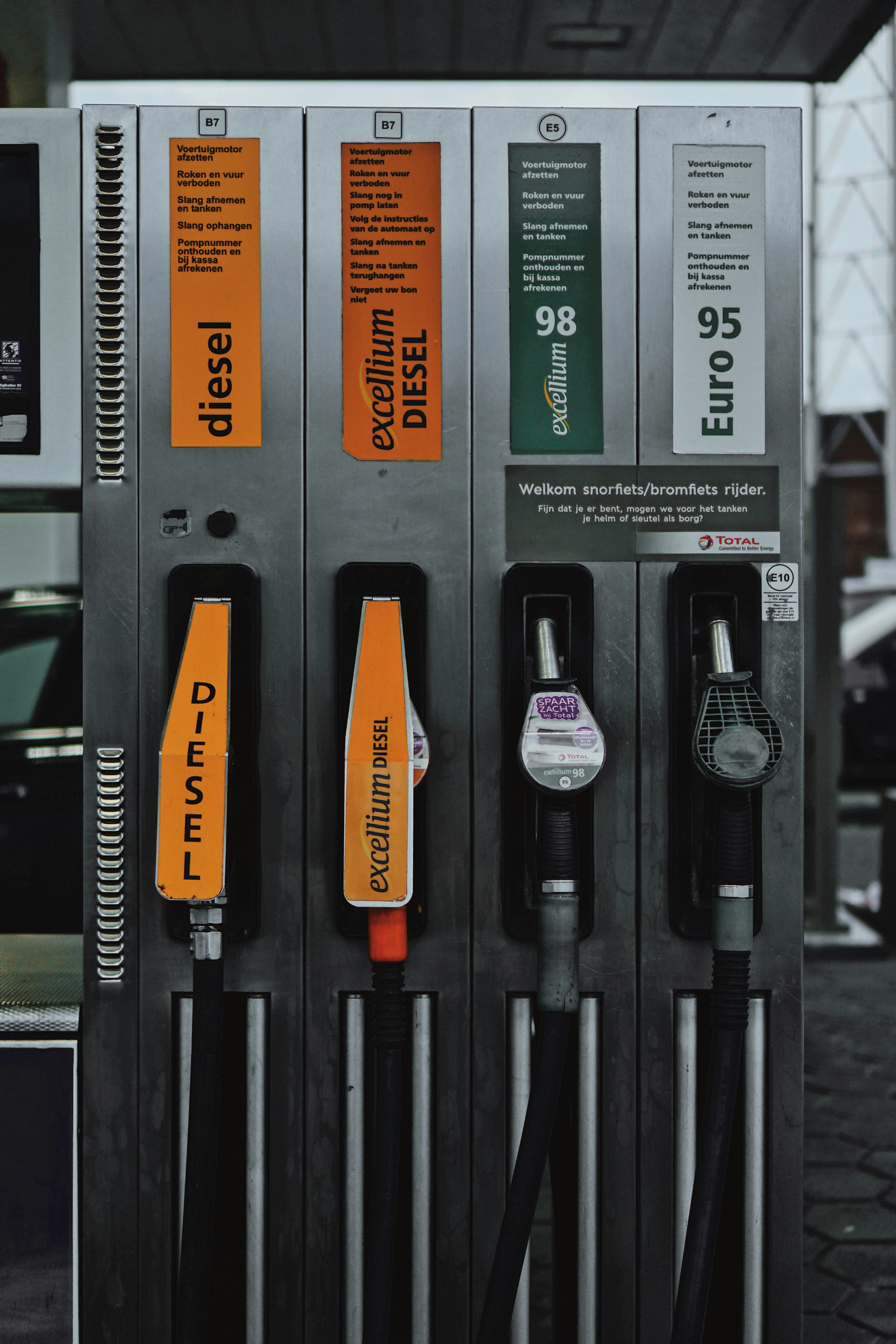OPEC+ Agreement To Extend Production Cuts Highlights Market Challenges

OPEC+ has agreed to extend its deep production cuts into next year, aiming to stabilize the global oil market. The decision, reached after prolonged negotiations, seeks to support oil prices by continuing to limit supply. This extension comes amid uncertainties in demand forecasts and internal pressures within the cartel.
Background of Production Cuts
The initial production cuts were implemented to address a significant drop in oil demand caused by the COVID-19 pandemic. With economies around the world shutting down, the demand for oil plummeted, leading to a sharp decline in oil prices. To counteract this, OPEC+ introduced production cuts to reduce supply and support prices. As the global economy gradually recovers, the cartel has continued to adjust its production levels to stabilize the market.
Details of the Agreement
The latest agreement extends the existing production cuts into the next year. These cuts, which involve substantial reductions in oil output, are aimed at preventing a market surplus that could depress prices. The duration and scope of the cuts are designed to provide flexibility, allowing OPEC+ to respond to changing market conditions. Key factors influencing the decision include current supply-demand dynamics, economic recovery forecasts, and the need to maintain market equilibrium.
Market Stabilization Goals
The primary objective of the extended production cuts is to stabilize oil prices by balancing supply and demand. By limiting the amount of oil available on the market, OPEC+ aims to support higher prices, which are crucial for the economic stability of its member countries. Maintaining market stability is also important for preventing the kind of price volatility that can disrupt global economic growth. The expected impact of these cuts includes more predictable and sustainable oil prices.
Internal Pressures and Challenges within OPEC+
OPEC+ faces significant internal challenges in maintaining a unified approach to production cuts. Member countries have diverse economic situations, with varying levels of dependence on oil revenues and different production capacities. These differences create pressures and complicate the consensus-building process. Some members push for higher production to increase revenues, while others advocate for maintaining cuts to support prices. Balancing these conflicting interests is a continuous challenge for the cartel.
Limited Capacity for Increased Production
Despite the pressures to increase output, OPEC+ recognizes the risks associated with doing so. The cartel’s ability to raise production without destabilizing the market is limited. Increasing output could lead to a surplus, driving down prices and negating the benefits of the cuts. Therefore, maintaining current production levels is seen as the most prudent approach to avoid price instability. This cautious strategy underscores the delicate balance OPEC+ must maintain in managing global oil supply.
Implications for Global Oil Market
The extension of production cuts by OPEC+ is expected to have significant effects on the global oil market. By continuing to limit supply, the cartel aims to support higher oil prices, which could benefit producing countries while increasing costs for consumers and industries dependent on oil. Market reactions will be closely monitored, with long-term implications hinging on how well OPEC+ manages its production strategy amidst evolving economic conditions. The role of OPEC+ in stabilizing the market remains critical, especially in times of economic uncertainty.
Conclusion
OPEC+’s agreement to extend deep production cuts into next year highlights the complex challenges of managing the global oil market. The need to balance the diverse interests of member countries with the goal of maintaining market stability is a delicate task. As the cartel navigates these challenges, its strategic management of production levels will be crucial in ensuring sustained market stability and supporting global economic recovery. The ongoing efforts to stabilize oil prices underscore the importance of careful and coordinated actions in the volatile world of global oil supply.
Author: Ricardo Goulart
Copper's Comeback: Inside BHP And Lundin's Argentine Asset Acquisition
Copper, often dubbed "the metal of electrification," is experiencing a resurgence in demand due to its critical role in ... Read more
Revitalizing Commodities: How Clean Energy Is Breathing New Life Into A Stagnant Market
The commodities market, traditionally a cornerstone of investment portfolios, has experienced a decade of stagnation. Ho... Read more
European Airports Disrupted By Escalating Climate Protests
Climate activists have escalated their protests at European airports, blocking runways and causing flight disruptions in... Read more
Hungary's Russian Oil Dilemma: Why Brussels Is Cautious In Offering Support
Hungary's reliance on Russian oil has led it to seek support from Brussels to ensure continued access to this crucial en... Read more
Unveiling China's Secret Commodity Stockpiles: What Lies Ahead?
Xi Jinping's extensive reserves of grain, natural gas, and oil hint at future challenges.In a move shrouded in secrecy, ... Read more
Copper Miners Brace For Industry Overhaul As End Users Seek Direct Deals
The copper mining industry is bracing for a significant overhaul as end users, including cable manufacturers and car com... Read more

